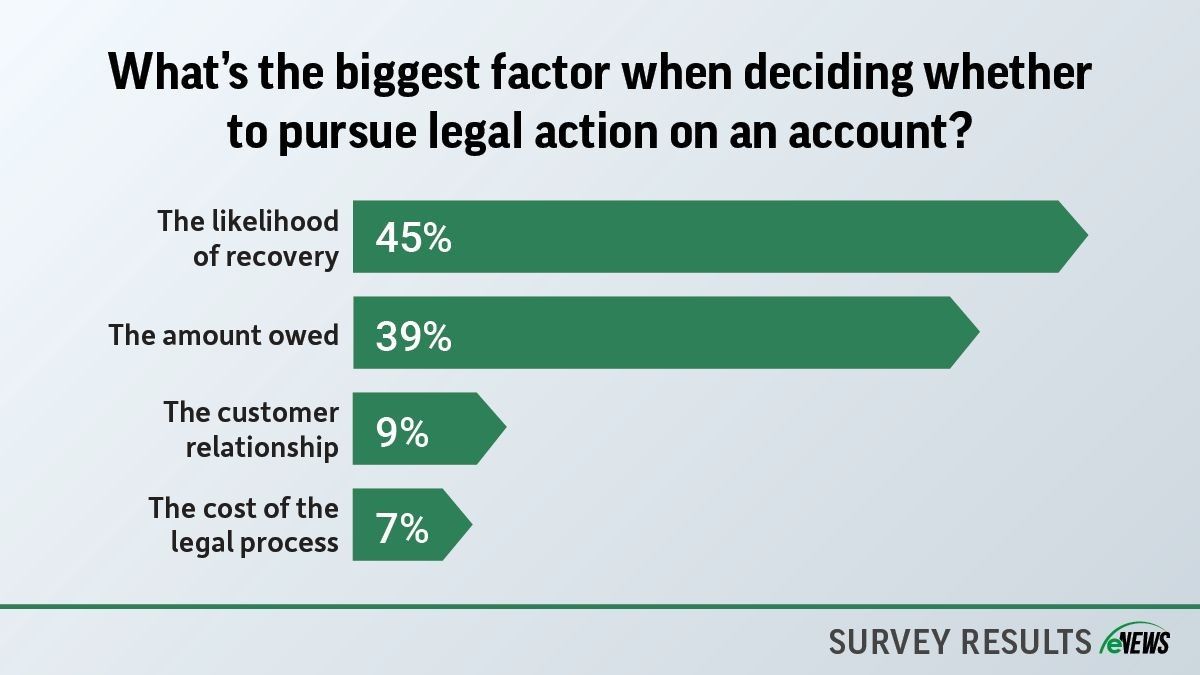Economy, eNews
Credit managers weather the storms as agricultural industry faces headwinds

As challenging economic conditions plague all areas of the market, the agricultural industry appears to be consistently slumping as it endures a multi-year trough, testing the patience of credit managers across the industry.
Why it matters: While many industries are facing the difficulty of preparing for the unknown as tariffs, trade wars and material shortages send screeching halts across supply chains, those in agriculture are no strangers to preparing for the unpredictable.
Certain sectors of the industry appear to be showing early signs of an agricultural recession, according to Ag Economists’ Monthly Monitor. Commodity prices for cotton, wheat, corn and soybeans have decreased while input costs remain high. These weakening economic indicators merit a watchful eye even though it is unlikely that the credit approval process will shift dramatically given the cyclical nature of the agricultural industry.
The recent 90% reduction in United States Agency for International Development (USAID) programs could hurt the domestic agricultural industry. USAID provided food aid for struggling international communities, sourcing the food from American farmers. The speculation is that the loss of a major buyer like USAID will send an already struggling industry further into a tailspin. Despite this, many credit managers are steadfastly calm because the industry is no stranger to fluctuation.
The agricultural industry has periods of prosperity closely followed by economic slowdowns, or “troughs,” usually repeating every three years. “We are currently in a trough that started two years ago, last year probably being the worst of it,” said Kevin Stinner, CCE, CCRA, credit manager at J.R. Simplot Company (Loveland, CO). “And we will hopefully come out of it this year or early next year. There’s a tremendous number of agricultural products affected by this. The only thing not impacted is livestock.”
Looking at input prices and crop prices, credit managers in the agricultural industry can begin to piece together exactly where we are in the cycle at any given moment. Understanding the ebbs and flows of the market over recent years can offer a meaningful perspective in an industry constantly in flux.
“We really have to look at it as one big wave,” said Brendon Misik, CCE, CICP, senior manager Ag credit at Nutrien (Hoffman Estates, IL). “If you look at 2017, 2018 and 2019, our prices right now are still above those years, so it’s not terrible. Even when the outlook seems bad, you have to remember we had the pandemic in 2020, and that threw supply and demand curves out of whack because people panic-bought food and supply chains were struggling.”
Downward trends can be attributed to the long recovery after the pandemic warped supply chains and consumer habits. Compounded with other global conflicts and economic troubles, the headwinds faced by the agricultural industry are a natural response.
With a spate of bird flu shrinking poultry farms’ yield and raising the price of eggs across the country, issues in the agricultural supply chain have never been clearer to consumers. While many are predicting a rebound in the coming years after the multi-year trough, supply chain issues, trade wars and tariffs could complicate this. Many are still in the “wait-and-see” period, as the actuality of many proposed tariffs and their impact is unclear.
Regardless of whether or not the proposed tariffs have been enacted, anticipation of the tariffs has led to a slight change in buying behavior. “We did see a lot of people buying ahead of the proposed tariff on Canadian goods in February and again even in March after the 30-day delay,” Misik said.
It can be difficult for credit managers who are new to agriculture to navigate these troughs. While they may be cyclical, anticipating the peaks and valleys of the market and understanding how customers’ cash flow and buying habits will be impacted by them can pose problems for credit professionals.
“If you’re new to the agricultural industry and trying to understand the cycle, there are plenty of commodity charts for AG inputs and agricultural gains, depending on what industry you are in,” Misik said. “When it comes to extending credit, it’s just a matter of going through financial statements and understanding whether or not the buyer can pay you back.”
Connecting with other credit managers within the industry can help you learn from experienced credit professionals and get a sense of the market. “Make sure you have a mentor. I would advise you to seek out someone who has been in the industry for a bit and knows how to underwrite agricultural credit,” Jason Mott, CCE, corporate credit manager at MFA Incorporated (Columbia, MO). “Being a member of an agricultural industry credit group is more critical than ever; they’re an opportunity to see how these producers are paying other potential suppliers.
The bottom line: As the agricultural industry faces slight slowdowns, credit managers familiar with the cyclical nature of the industry know the importance of patience even as economic troubles and an escalating trade war send ripples across industries.





